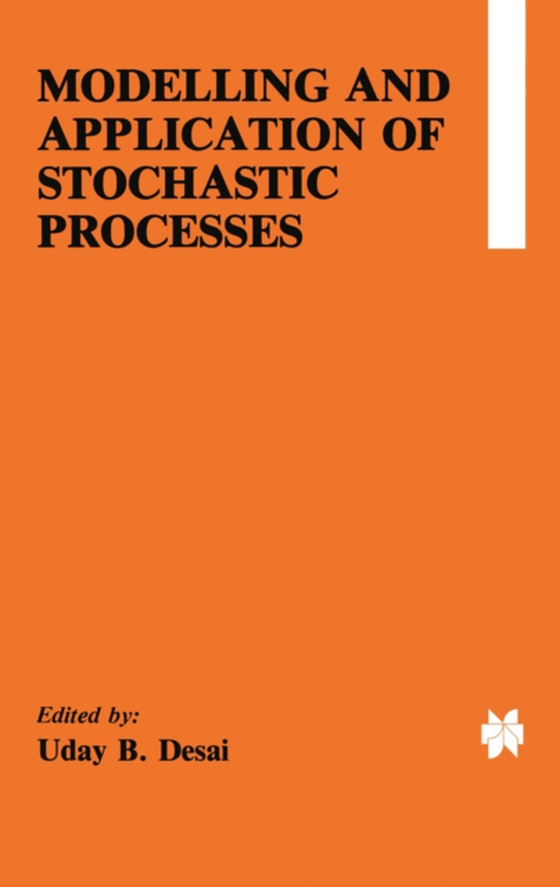
Modelling and Application of Stochastic Processes e-bog
1240,73 DKK
(inkl. moms 1550,91 DKK)
The subject of modelling and application of stochastic processes is too vast to be exhausted in a single volume. In this book, attention is focused on a small subset of this vast subject. The primary emphasis is on realization and approximation of stochastic systems. Recently there has been considerable interest in the stochastic realization problem, and hence, an attempt has been made here to ...
E-bog
1240,73 DKK
Forlag
Springer
Udgivet
6 december 2012
Genrer
Probability and statistics
Sprog
English
Format
pdf
Beskyttelse
LCP
ISBN
9781461322672
The subject of modelling and application of stochastic processes is too vast to be exhausted in a single volume. In this book, attention is focused on a small subset of this vast subject. The primary emphasis is on realization and approximation of stochastic systems. Recently there has been considerable interest in the stochastic realization problem, and hence, an attempt has been made here to collect in one place some of the more recent approaches and algorithms for solving the stochastic realiza- tion problem. Various different approaches for realizing linear minimum-phase systems, linear nonminimum-phase systems, and bilinear systems are presented. These approaches range from time-domain methods to spectral-domain methods. An overview of the chapter contents briefly describes these approaches. Also, in most of these chapters special attention is given to the problem of developing numerically ef- ficient algorithms for obtaining reduced-order (approximate) stochastic realizations. On the application side, chapters on use of Markov random fields for modelling and analyzing image signals, use of complementary models for the smoothing problem with missing data, and nonlinear estimation are included. Chapter 1 by Klein and Dickinson develops the nested orthogonal state space realization for ARMA processes. As suggested by the name, nested orthogonal realizations possess two key properties; (i) the state variables are orthogonal, and (ii) the system matrices for the (n + l)st order realization contain as their "e;upper"e; n-th order blocks the system matrices from the n-th order realization (nesting property).
 Dansk
Dansk

